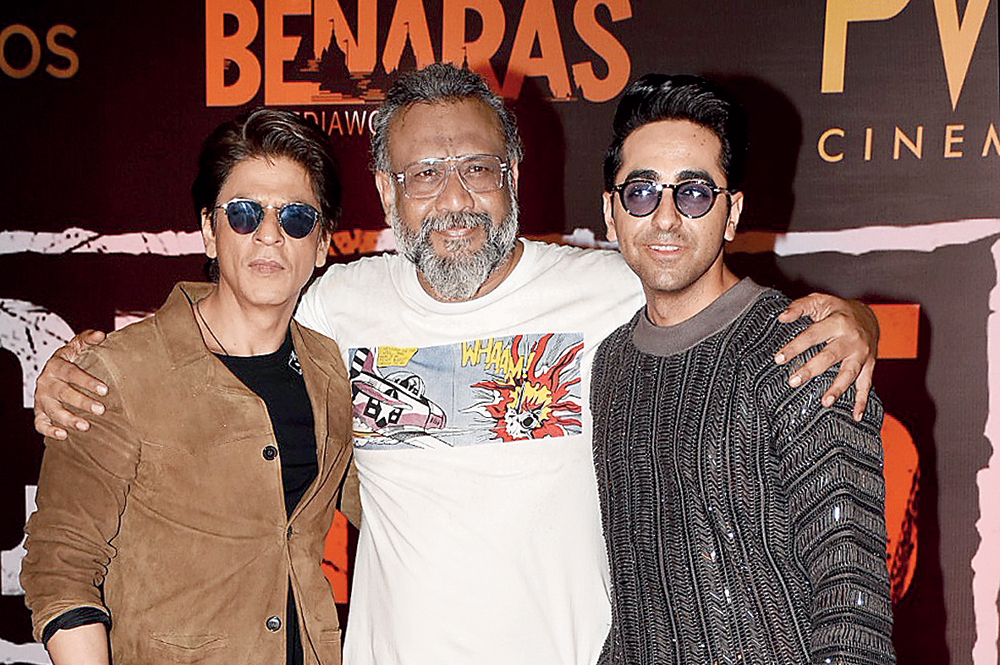After last year’s hard-hitting Mulk, director Anubhav Sinha is back with another film with a strong statement — Ayushmann Khurrana’s Article 15 that releases on Friday. The film, set in Lalgaon in rural Uttar Pradesh, touches upon many societal and caste issues. Our five reasons why it’s worth a watch:
The cast
Ayushmann as young IPS officer Ayan Ranjan gives his career-best performance, getting out of his comfort zone. He underplays the character and is sincere in every frame. Khurrana is no saviour, an alpha male in a Hindi film — he is just a regular, emotional man with a conscience. The actor is ably supported by a strong ensemble cast. Be it Sayani Gupta, who plays a feisty Dalit woman, a bright young political rebel Nishad (Mohammed Zeeshan Ayyub), Khurrana’s love interest Aditi (Isha Talwar), police men Brahmdutt Singh (Manoj Pahwa) and Kumud Mishra — Article 15 shines because of the collective talent on screen.
The dialogues
A big reason to not miss this film is its hard-hitting and yet sometimes, funny, dialogues. It’s difficult to elicit laughter in a film with such a grim premise but the script, written by Sinha and Gaurav Solanki, manages to do that too. In a scene where all the policemen, caste no bar, get down in knee-deep muck to search for a missing girl, a policeman jokes about a TV commercial that preaches “daag achhe hai”. In another scene, when Ayan gets frustrated and tells Aditi that she just needs a hero, Aditi says: “Hero nahi chahiye Ayan, bas aise log chahiye jo hero ka wait na kare.” Ayyub in a small but significant cameo mouths a dialogue that made journalists in the small press show hoot and clap: “Hum kabhi harijan ho jate hai, kabhi bahujan ho jate hai, bas jan nahi ban pa rahe hai, ke jan gan man mein hamara bhi ginti ho jaye.”
The message
Just before the interval, Ayan marches up to the notice board and puts up a piece of paper for his juniors, explaining what Article 15 means — you cannot discriminate on the grounds of religion, race, caste, sex or place of birth. The film effectively deals with weighty social- and caste-related issues. It shows the disappearance of three young Dalit girls, of whom two are found gang-raped and murdered, hung from a tree. It’s an important film in the current political scenario and could spark a much-needed dialogue.
The frames
Ewan Mulligan’s cinematography forms the core of the film. The foggy frames, overcast skies, misty fields, or sunlit shots speak louder than words. The camera captures every detail of India’s hinterland, and while some shots will make you shift in your cushy multiplex seat, it’s also important.
The music
Be it the angry folksy number Kahab toh lag jaayi dhak se that sets the film rolling or the famous Blowin’ In The Wind by Bob Dylan that follows soon after, the choice of music in Article 15 is praiseworthy. The sound design and background score give the film a firm cushioning.











